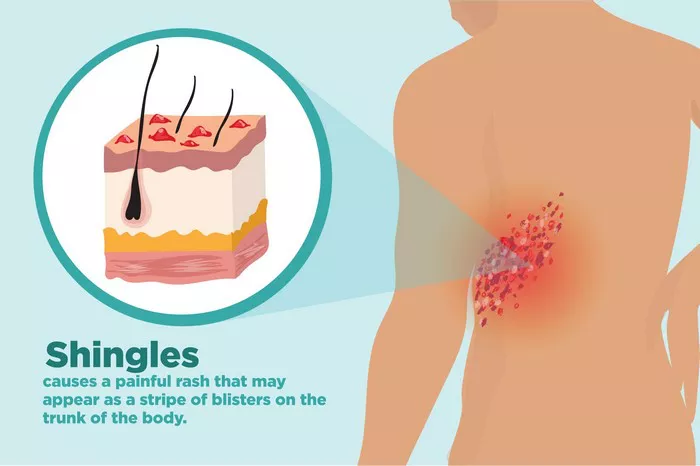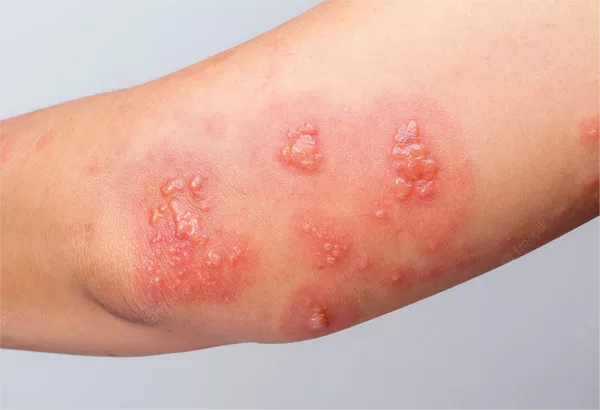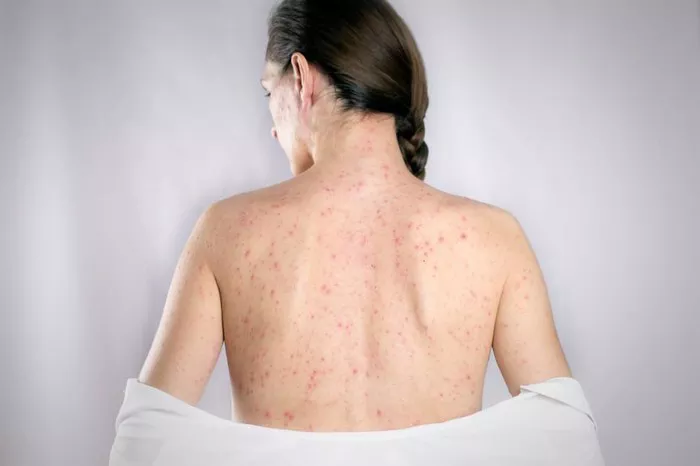Shingles, also known as herpes zoster, is a painful skin condition caused by the varicella-zoster virus (the same virus that causes chickenpox). After a person recovers from chickenpox, the virus lies dormant in the body, usually in the nerve tissue. Years later, the virus can reactivate and cause shingles. This reactivation is more common in older adults and those with weakened immune systems. If you or someone you know is dealing with shingles, you may be wondering, “How long do shingles last in adults?” In this article, we will discuss the typical duration of shingles, its stages, and factors that may affect how long the condition lasts.
The Duration of Shingles
Shingles in adults typically lasts between two to six weeks, but the exact duration can vary depending on several factors, such as the person’s overall health, age, and how quickly treatment is started. Most people will recover within this time frame, but the pain and discomfort can persist longer, especially in older adults.
Early Symptoms of Shingles
Before the characteristic rash appears, people with shingles often experience early warning signs. These can include:
- Pain or burning sensations in one area of the body (usually on one side)
- Itching or tingling
- Sensitivity to touch
- Flu-like symptoms, such as fever and headache
These early symptoms typically last a few days before the rash develops. The pain and tingling might be intense, which is why it’s important to seek medical attention as soon as possible if you suspect you have shingles.
Stages of Shingles
Understanding the stages of shingles can give you a clearer picture of how the condition progresses over time. Here’s a breakdown of the typical stages:
1. Prodromal Stage (Before the Rash)
The prodromal stage is the phase when you experience warning symptoms but before the rash appears. This stage usually lasts for 1 to 3 days but can last up to a week. During this time, people often feel discomfort, itching, or pain in a localized area of the skin. The rash may not have appeared yet, but the affected area may feel sore or tender to the touch.
2. Acute Stage (Rash Development)
Once the rash appears, it typically starts as small red spots that evolve into fluid-filled blisters. These blisters often cluster in groups along the path of a nerve, which is why shingles commonly affects one side of the body. The rash can cause significant pain, burning, or itching.
The acute stage usually lasts about 7 to 10 days. During this time, the blisters will gradually dry out and begin to scab over. This phase can be very uncomfortable, and the pain can be intense. The pain often worsens before it gets better, peaking a few days after the rash develops.
3. Crusting and Healing Stage
After the blisters have dried up and formed scabs, the healing stage begins. The scabs typically fall off after about 2 to 3 weeks, and the rash will gradually heal. The pain associated with shingles should also start to subside during this stage, but some residual discomfort, such as itching or sensitivity, may remain for some time.
How Long Does Pain Last After the Rash Heals?
While the rash itself may heal within 3 to 5 weeks, the pain caused by shingles can last much longer. This lingering pain is called postherpetic neuralgia (PHN), and it is the most common complication of shingles.
PHN is a condition where the nerve pain continues even after the rash has disappeared. In some cases, PHN can persist for months or even years. The pain can be described as a burning or stabbing sensation, and it can be severe enough to interfere with daily activities.
Older adults and those with weakened immune systems are at a higher risk for developing PHN. The risk increases with age, and studies suggest that about 50% of people over the age of 60 will experience some form of PHN after a shingles outbreak.
Factors That Affect How Long Shingles Last
Several factors can influence how long shingles lasts and how severe the symptoms are:
Age
Age is one of the most significant factors in the duration and severity of shingles. Shingles tends to last longer and be more painful in older adults, especially those over 60. This is because the immune system weakens with age, making it harder to fight off the virus and heal from the rash.
Immune System Health
Individuals with weakened immune systems, such as those undergoing cancer treatment, those with HIV/AIDS, or those on immunosuppressive medications, are at a higher risk of developing shingles. In these cases, shingles may last longer and lead to more severe complications.
Early Treatment
Starting antiviral medications early can reduce the severity and duration of shingles. If you seek medical treatment within 72 hours of the appearance of the rash, the antiviral drugs can help the body fight the virus more effectively and shorten the duration of the illness.
Location of the Rash
The location of the rash can also affect how long shingles lasts. For example, shingles on the face, particularly near the eyes, can be more serious and may require additional treatment. If the rash is near the eyes or involves the eyes, it is important to consult a healthcare provider right away to avoid potential complications, such as vision loss.
Stress and Other Health Conditions
Chronic stress and other underlying health conditions, such as diabetes, can affect the immune system and contribute to a longer recovery time. Managing stress and staying healthy can help support the immune system and speed up recovery.
How Can You Reduce the Duration of Shingles?
While there is no cure for shingles, there are treatments that can help shorten the duration and reduce the severity of symptoms. Here are some of the key options:
1. Antiviral Medications
Antiviral medications, such as acyclovir, valacyclovir, and famciclovir, can help the body fight the varicella-zoster virus and reduce the severity of shingles. These medications are most effective when taken within 72 hours of the onset of the rash, so it’s important to see a doctor as soon as you suspect you have shingles.
2. Pain Management
Pain from shingles can be severe, but there are several ways to manage it. Over-the-counter pain relievers like ibuprofen or acetaminophen can help reduce pain and inflammation. For more intense pain, doctors may prescribe stronger medications, including opioids or nerve-blocking agents. Topical treatments, such as lidocaine patches, may also provide relief.
3. Steroid Medications
In some cases, doctors may prescribe corticosteroids to reduce inflammation and pain. Steroids can help reduce the severity of symptoms, but they must be used cautiously, especially in older adults, as they can have side effects such as weakening the immune system.
4. Calamine Lotion or Oatmeal Baths
To soothe the skin and alleviate itching, many people find relief from calamine lotion or oatmeal baths. These treatments can help reduce irritation and promote healing.
5. Stress Management
Stress can weaken the immune system and make shingles worse. It’s important to manage stress during the recovery period. Relaxation techniques, such as deep breathing exercises, meditation, or yoga, can help reduce stress and promote healing.
Preventing Shingles
The best way to prevent shingles is by getting vaccinated. The shingles vaccine is recommended for adults over the age of 50, even if they’ve had shingles before. The vaccine can significantly reduce the risk of developing shingles and can also lessen the severity of the illness if you do get it.
Conclusion
Shingles typically lasts between two and six weeks in adults, but the duration can vary depending on factors like age, immune system health, and the timing of treatment. While most people recover within this period, the pain and discomfort can continue, especially if postherpetic neuralgia develops. Seeking early treatment with antiviral medications, managing pain, and reducing stress can help speed up recovery and reduce the severity of the symptoms. If you suspect you have shingles, it is important to consult a healthcare provider right away for the best course of treatment.
Related topics:



























